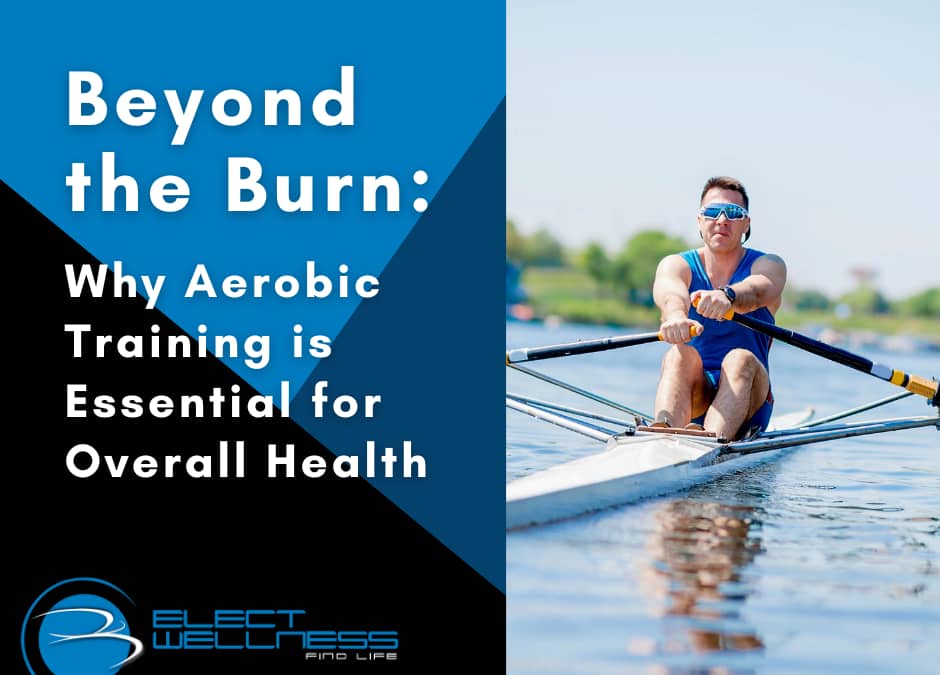
Beyond the Burn: Why Aerobic Training is Essential for Overall Health

Let’s face it, sometimes “cardio” gets a bad rap. Visions of endless treadmill slogs or soul-crushing spin classes might come to mind. But here’s the truth: aerobic exercise, also known as cardio, is absolutely essential for your body. It’s more than just burning calories; it’s a powerhouse of benefits that will leave you feeling fantastic.
Why You Need Aerobic Training:
- Heart Health: This is cardio’s claim to fame. Aerobic exercise strengthens your heart, making it pump more efficiently and deliver oxygen-rich blood throughout your body. This translates to a lower risk of heart disease, the leading cause of death worldwide.
- Endurance: Regular cardio builds stamina. You’ll tackle everyday activities with more ease, from climbing stairs to chasing after your kids (or pets!). Plus, those longer, more challenging workouts become a breeze.
- Blood Sugar Regulation: Aerobic training helps your body use insulin more effectively, regulating blood sugar levels. This is a big win for preventing type 2 diabetes and keeping your energy levels stable.
- Mood Boost: Feeling stressed or down? Hit the gym! Aerobic exercise triggers the release of endorphins, your body’s natural feel-good chemicals. You’ll leave that workout feeling energized and ready to conquer the day.
- Weight Management: Aerobic exercise burns calories, which can help with weight management or weight loss goals. Plus, the increased muscle mass you build helps burn more calories even at rest.
Cardio Doesn’t Have to Be a Chore:
The beauty of aerobic exercise is its variety. From swimming and dancing to cycling and brisk walking, there’s an activity for everyone. Find something you enjoy, and you’re more likely to stick with it. Here are some tips:
- Mix it Up: Don’t get stuck in a rut! Try different activities or sports to keep things interesting.
- Find a Buddy: Grab a friend or join a group fitness class for added motivation and social interaction.
- Embrace the Outdoors: Take your workout outside! Jogging in the park, hiking, or swimming laps can be a refreshing change.
Invest in Yourself:
Aerobic training is an investment in your health and well-being. It’s not just about looking good; it’s about feeling good, having more energy, and reducing your risk of chronic diseases. So lace up your shoes, put on your favorite music, and get moving! Your body and mind will thank you for it.

Thomas C. Jensen is an exercise physiologist, nutritionist, and a nationally certified personal trainer through both the National Strength and Conditioning Association and the National Academy of Sports Medicine. He is a summa cum laude graduate of Harding University and a member of the Alpha Chi National Honor Society. As a wellness speaker and franchisor, he has shared his expertise in health and fitness with diverse audiences. He has been professionally training and consulting clients of all ages and backgrounds, for both health and human performance, for over 20 years. In March of 2004, he launched Elect Wellness, a thriving home-delivered personal training and nutrition coaching company, which has since expanded into an effective franchise system.





































